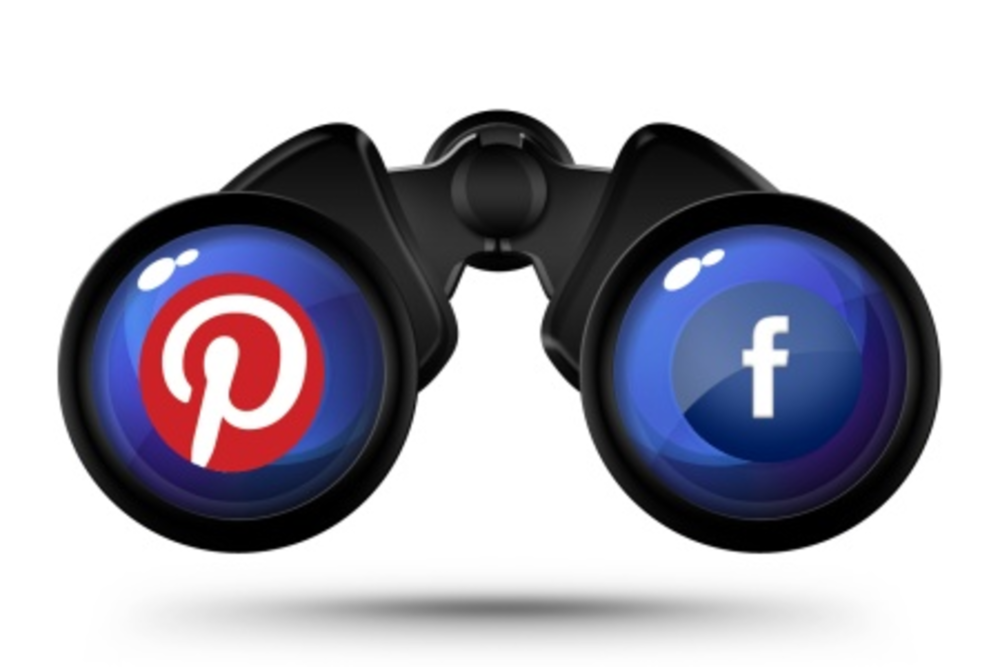Banks and Pinterest. I mean, it’s not cookies and milk, but why not? Social content is going more and more visual, and it’s up to brands to get themselves out there regardless of who they are or what they purvey.
When Jennifer Spencer, digital communications and community manager at PerkStreet Financial, was on bed rest for her pregnancy around this time last year, she had lots of time on her hands. Enter Pinterest. That was before the marketing world was atwitter about its potential value to brands.
“Pinterest was a great way to pass time,” Spencer said during her talk at the the Business Development Institute’s Visual Social Media Leadership Forum at NYU on September 20. “And I wondered if it was something we could do for PerkStreet.”
PerkStreet is an online financial startup, just three years old. It offers users free checking accounts and cash-back debit cards for people who believe in living debt-free lives. I can get behind that, as can the, as Spencer put it, “zealous” fans of financial guru Dave Ramsey, an official endorser of PerkStreet. Ramsey has a radio show with a “super-engaged, super-excited” audience—and that’s a built-in fan base for PerkStreet.
Spencer explained how she helped take PerkStreet—a brand that didn’t even have a Facebook page when she came on board two and a half years ago—and make it into a socially engaged entity with nearly 14,000 Facebook fans.
“Every time I hear people say that people don’t want to engage on Facebook, I think, ‘That’s crazy—people want to engage all the time,’” Spencer said.
Give fans interesting content to discuss and apparently they’ll discuss it. But back to Pinterest.
First, PerkStreet took its infrequently updated blog and started regularly posting visual content—ideal Pinterest fodder—like life hack tricks, recipes, DYI tips, personal finance advice, and info about apps to help people keep track of their budgets.
“We also recently rebranded our blog from ‘blog’ to ‘Daily Perk,’” Spencer quipped. “There are lots of images and sharing functionality, which surprisingly gets people to share more.”
Having revamped the blog, it just made sense to move onto Pinterest.
PerkStreet created a “Stuff I didn’t buy” communal board, where people could post images of all the awesome things they dreamed of buying, but responsibly didn’t, like personal jet packs, mood-controlled cat ears (a real thing), and pink, glittery sports cars. But that’s not to say community boards are easy to curate; there’s a lot of manual labor involved. Spencer advised attendees to work with small teams of curators, rather than opening a board up to the general public. PerkStreet’s also dipping its proverbial toe into Pinterest contests and focusing on creating Pin-friendly Web content, like cross-channel blog posts specifically crafted to complement Pinterest. For example, a blog post about money-saving football season slow-cooker appetizers designed to act as a counterpart—and traffic driver to and from—a related board on Pinterest.
If a brand wants social to work, it needs to be fluid. Experimentation is OK, and for PerkStreet it’s paid off. Pinterest is the number five driver of traffic to the company’s blog, behind Facebook, Twitter, StumbleUpon, and reddit.
Said Spencer: “It’s about letting go of the brand a little without losing the brand.”








